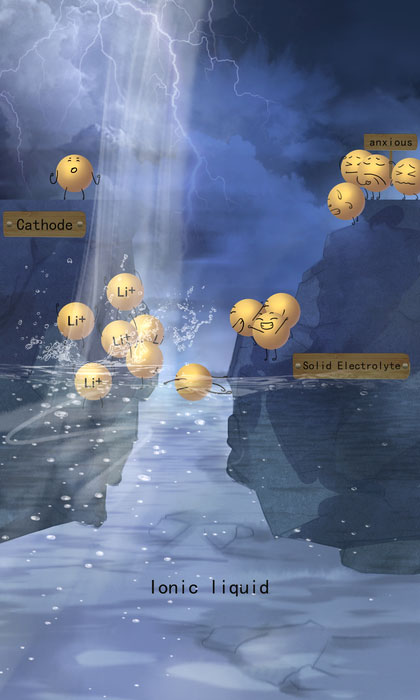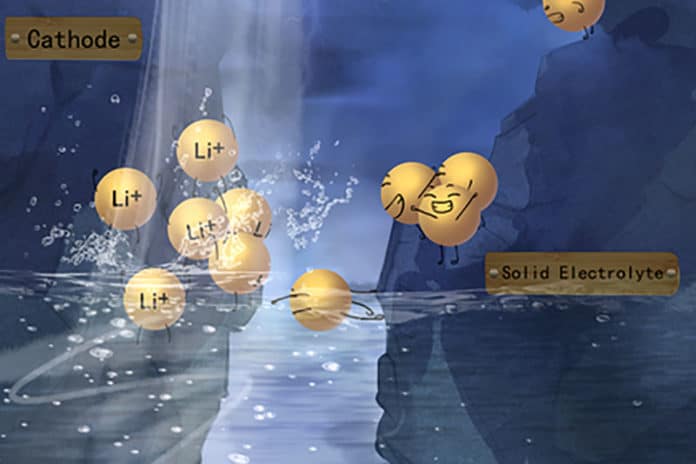Since their first commercialization, rechargeable Li-ion batteries have dominated the portable electronics market for the last three decades. But as we look for better solutions with higher energy density, scientists have been turning to solid-state lithium metal batteries.
Li metal batteries potentially have a much higher energy density than their Li-ion counterparts, but technical issues keep solid-state lithium metal batteries from making their way into demanding applications. It is difficult to achieve good contact between electrodes and solid electrolytes. Any surface roughness on either side leads to high interfacial resistance, which plagues battery performance.
Researchers at Japan’s Tokyo Metropolitan University have been developing new ways of improving the contact between the cathode and solid-state electrolyte in solid-state lithium metal batteries. And now, they have succeeded in creating a new quasi-solid-state cathode, with significantly reduced problematic resistance between key components. The new quasi-solid-state lithium cobalt oxide (LiCoO2) cathode contains a room-temperature ionic liquid, which is salt in a liquid state.
By adding an ionic liquid, their modified cathode could maintain excellent contact with the electrolyte.

Ionic liquids consist of positive and negative ions; they can also transport ions and fill tiny voids at the cathode and the solid electrolyte interface. With the voids filled, the interfacial resistance was significantly reduced. Ionic liquids are not only ionically conductive but almost non-volatile and usually non-flammable.
The team demonstrated a prototype battery featuring this novel, quasi-solid-state cathode that showed impressive stability, with 80% capacity retention after 100 charge and discharge cycles at an elevated temperature of 60°C.
Though finding a better ionic liquid that doesn’t degrade as easily remains challenging, the idea promises new directions in solid lithium battery development for practical applications.
